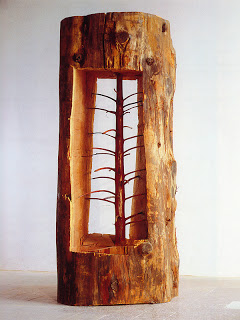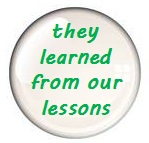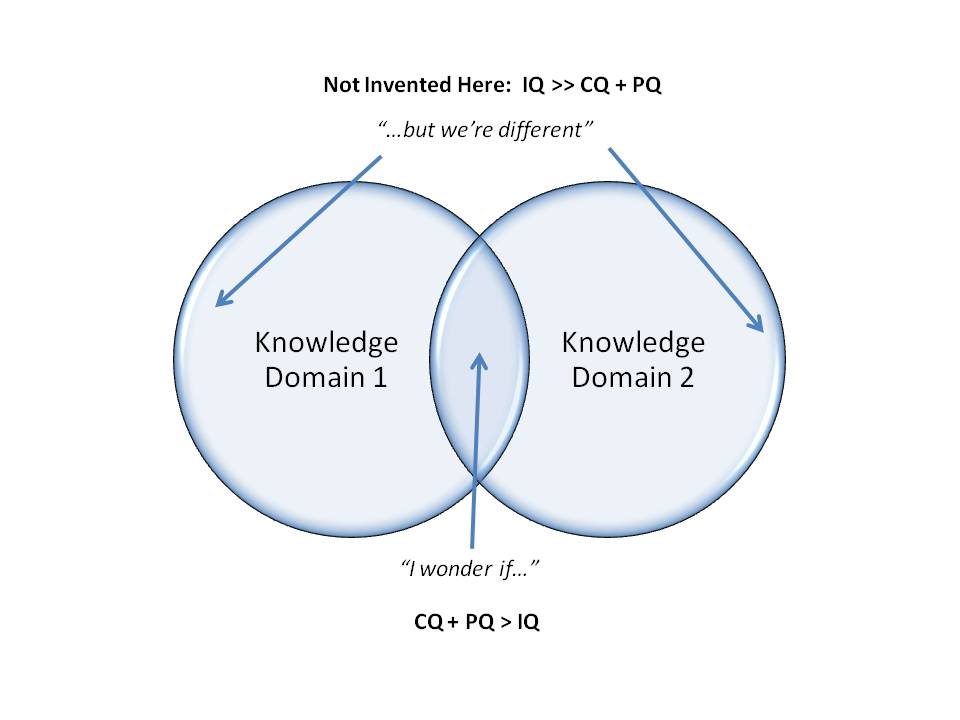Number 20, Fenchurch Street, London has always been a controversial building. It has become better known as the “Walkie Talkie”, and was rechristened this week as the “Walkie Scorchie”, because the combination of the curved design, mirrored windows and some bright sunlight created a focus of solar energy which was sufficient to melt parts of an expensive Jaguar XJ parked nearby, and in a non-scientific experiment, to fry an egg! Unwittingly, the architect had designed a building which worked as a scaled-down version of the solar furnace in Odeillo, France. I remember visiting this whilst on a childhood holiday, and was blown away by the lumps of melted rock on display. I applied my sunscreen more carefully for the rest of my vacation.
Anyway, I say the architect unwittingly designed a building, but perhaps that’s being generous, because the same Architect (Rafeel Vinoly) designed the Vdara Hotel on the Las Vegas Strip, 3 years earlier. The tall, sleek, curved Vdara Hotel, according to the Las Vegas Review,
…is a thing of beauty.
But the south-facing tower is also a collector and bouncer of sun rays, which -- if you're at the hotel's swimming pool at the wrong time of day and season -- can singe your hair and melt your plastic drink cups and shopping bags.
Hotel pool employees call the phenomenon the "Vdara death ray."
A spokesman for MGM Resorts International, which owns Vdara, said he prefers the term "hot spot" or "solar convergence" to describe it. He went on to say that designers are already working with resort staff to come up with solutions.”
So the same architect has designed two tall, curved, mirrored buildings which have both manifested the same unwelcome side-effect.
Not only that, but the Disney Concert Hall (not designed by Rafael Vinoly) had similar issues back in 2003.
You have to ask yourself, surely lessons learned from the Vdara Hotel should have been applied by the same firm as they designed the Walkie Talkie? Surely the Death Ray experience would have burned itself into the memory of the firm concerned?
And would it be unreasonable to expect the Architectural profession to be aware of the Disney Concert Hall case, and consequently have prevented the flawed Vdara design sizzling tourists like ants under a magnifying glass?
Is it easier to learn from the failures and flaws of others, of from our own internal failures? Well, it depends on whether the power of "Not Invented here", disguised as "It'll never happen here", is greater than the professional defensive reasoning and displacement of failure Chris Argyris described in his brilliant HBR paper, “Teaching Smart People How to Learn.” If you haven’t read it, and you work in the field of knowledge management, organizational learning, improvement or in any medium-large consultancy, then please do. It’s 22 years old but it could have been written yesterday.
Here’s a taster to wet your appetite:
"Any company that aspires to succeed in the tougher business environment of [today] must first resolve a basic dilemma: success in the marketplace increasingly depends on learning, yet most people don’t know how to learn. What’s more, those members of the organization that many assume to be the best at learning are, in fact, not very good at it. I am talking about the well-educated, high-powered, high-commitment professionals who occupy key leadership positions in the modern corporation.
Most companies not only have tremendous difficulty addressing this learning dilemma; they aren’t even aware that it exists. The reason: they misunderstand what learning is and how to bring it about."
Argyris goes on to distinguish between the single loop learning approach of problem-solving and error correction, and the double-loop learning which addresses how organisations identify, discuss and enact change, and the dynamics, performance measurement systems and behavioural filters which can prevent even the most brilliant (often the most brilliant!) professional from seeing their role in something less than brilliant.
The case of the non-learning professional is not reserved for architects, of course - it's just that their oversights can be so tangible. The financial sector, energy sector and public sector have all had their own versions of the "walkie scorchie". It's just that you can't fry eggs on them.
As knowledge and learning professionals, we need to make sure that we're visible, helpful and active for these fried egg moments.
They are the moments when mistakes are too visible to be missed, and when even defensive reasoning is no defence. We can help our organisations not just to learn from the specifics of one design error (we can certainly start there, and get our foot in the door), but we also need to have the courage and the influence (and partnership with OD and other functions) to look beneath to the structural and organisational factors which will ultimately determine how many times the organisation gets its fingers burnt.
Oh, and on a related matter, and if you're thinking of buying one of these - be careful which wall you put it on!




















